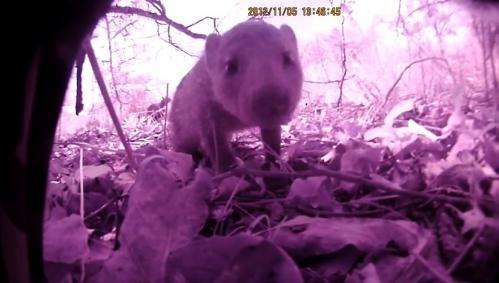Who's eating my eggs

Nature, as the great poet Tennyson reminded us, is a violent place, or "red in tooth and claw", as he put it. One of the mechanisms animals use to avoid a bloody end is camouflage – blending in with the background – to avoid predators.
But what makes for good camouflage? How do factors such as patterning work to fool the senses of wily attackers?
This short video is a brief introduction to the ongoing work of Professor Martin Steven's Sensory Ecology and Evolution group at the University of Exeter, along with Claire Spottiswoode at the University of Cambridge, who are examining egg predation and camouflage in habitats in South Africa and Zambia. Steven's colleagues, including Dr Jolyon Troscianko, have set up hidden cameras to record egg predation events in different bird species.
Avoiding your eggs being eaten is a matter of life and death to many animals, but the research helps improve our fundamental understanding of vision and could have wide-ranging applications, from bioscience to security and defence. Animal camouflage has also influenced human behaviour and culture, including art, fashion and the military.
A full in-depth feature on the project will appear on BBSRC's YouTube channel when the field work is completed in the coming months.




















